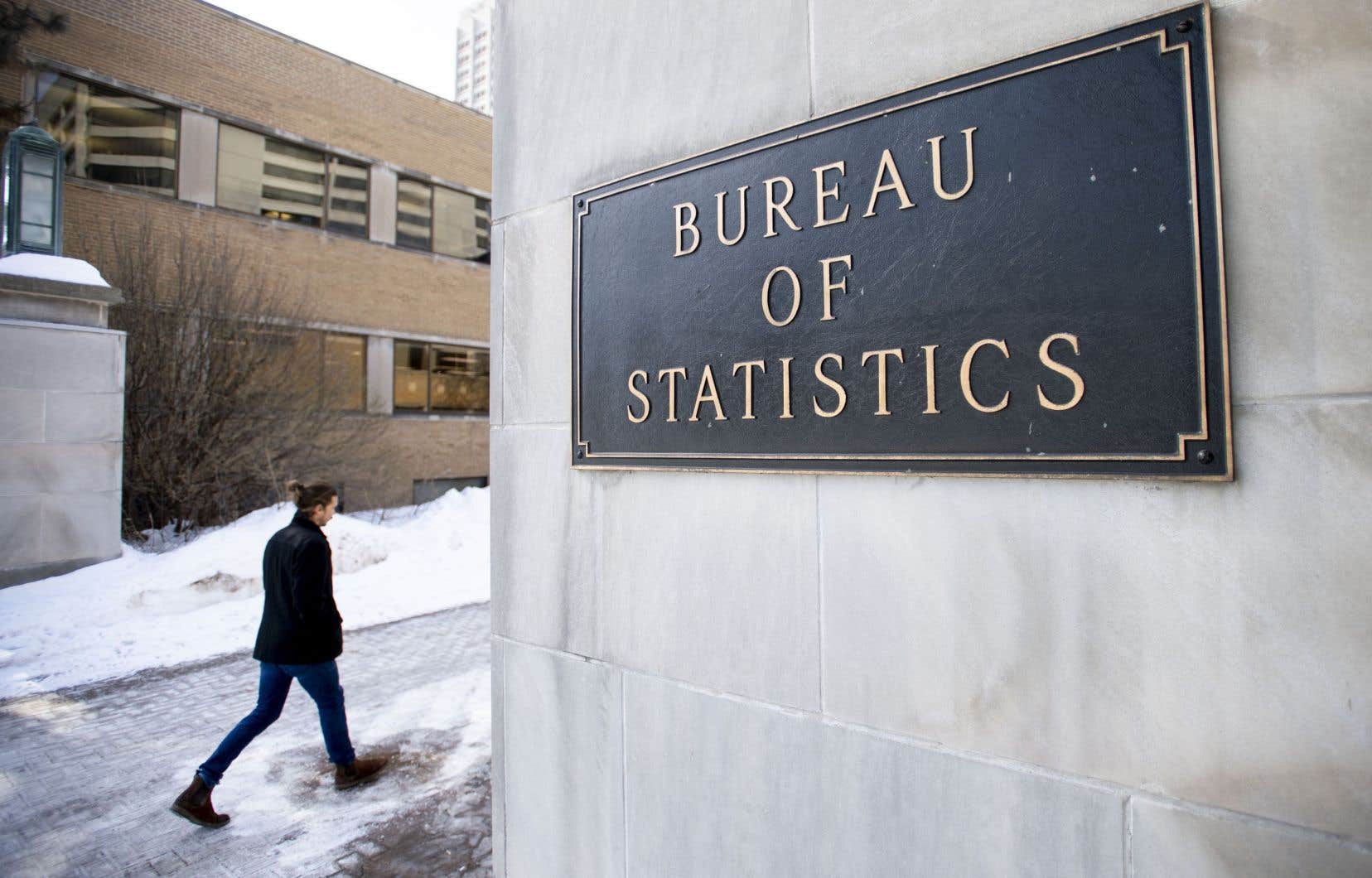This coming August, Statistics Canada will release data from the 2021 Census on language use in the home and workplace. Then it would be best for the federal agency not to repeat the error going back to the 2001 census.
In Canada, census language data is generally grouped into three distinct categories: French, English, and all other languages. in the brochure Interpretation and display of census language data (August 2020), the Center for Ethnic, Linguistic, and Migration Statistics (CSELI) stated that there would be “no need for groups [linguistiques] They are defined in a mutually exclusive manner.
Declaring that languages can be classified into non-exclusive groups is another way of saying that some data may be counted more than once. According to the editor, Jean-François Lepage, analyst at CSELI, we should not be surprised to find additives that “beyond[nt] Total population ”, that is, more than 100%.
This pamphlet puts forward the idea that in order to “take the full measure of the existence of a language it is often best to consider all references to the language in question”. However, to account for ‘all signs’, Statistics Canada suggests making unacceptable additions in descriptive statistics.
Although it is rightly recognized that “language [parlée le plus souvent] It should weigh more than the tongue [parlée régulièrement] It is erroneously suggested to add each of the categories created according to the language that is spoken most often with those that are configured according to the language that is spoken most often. The same applies to the languages used at work.
Also wrongly, it is suggested to multiply the three categories of double answers: 1) French and English, 2) French and a third language, 3) English and a third language. Finally, we suggest tripling the numbers of one category of triple responses in which cases mentioning French, English, and a third language are grouped together. As a result, the total number of languages spoken across Canada in 2016, was 120% in homes and 116% in the workplace.
It is important to clearly understand the nature of the results obtained. When reviewing the accounts described by Statistics Canada in daily (November 29, 2017), we set ‘French impressions’ for French, English and all third languages in response to the two questions about working language (Quebec demographic notebooks, fall 2019). Very primitive, event aggregates do not recognize any hierarchy between numbers.
Rarely are there situations where data is grouped into “non-combined” categories, that is, categories that overlap. This is the state of knowledge of third languages. Since respondents are asked to state [toute(s)] language(s) other than French or English”, we agree with CSELI that it would be necessary to “dramatically multiply the categories of multiple responses” to exhaust all possible situations.
Thus, the data on knowledge of third languages does not accumulate, because the sum of people who know, say, Spanish on the one hand and those who claim to know Italian on the other, will have the result of counting two times anyone who knows these two languages.
According to Statistics Canada, the formation of “non-exclusive” categories will result from a new “emerging” approach. It appears that this approach would be more appropriate than the classic approach to studying indigenous minorities, for example. However, CSELI would have gone alone in this matter, because nowhere in the federated institutions can we find a directorate that would have counted certain persons two or three times simply because they had declared so many nationalities during the census.
In order to “report the richness, complexity and diversity of language behaviors and attitudes in Canada” as Statistics Canada desires, primary tools of descriptive statistics are sufficient. In this post, “Cross-Tables” are not out of date.
On the contrary, the lack of such a table deprives the reader of many interesting information: 1) in 2016 across Canada, in homes where people speak French most often, 9% of the population regularly uses English ; 2) In contrast, only 2.6% of respondents from English-speaking households also regularly speak French; 3) Among those who speak a third language often at home, English dominated French as the regularly spoken language with more than 9 to 1.
Comments or suggestions for ideas under review? write to [email protected].
Let’s see in the video

“Alcohol scholar. Twitter lover. Zombieaholic. Hipster-friendly coffee fanatic.”

